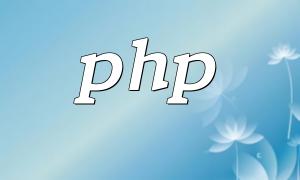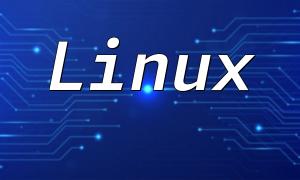In modern web development, the LAMP stack is one of the most popular technology stacks, with PHP as one of its core components. This article will thoroughly explain the structure of the LAMP stack and the function of each part, helping developers understand this powerful combination.
LAMP is an open-source web development platform consisting of Linux, Apache, MySQL, and PHP. The name comes from the first letters of each component.
As the underlying operating system of the LAMP stack, Linux provides a stable and efficient environment to run web servers. Its open-source nature allows developers to modify and optimize the system as needed.
Apache is one of the most widely used web server software, responsible for serving web content to users. Its modular design allows users to extend and configure it according to their needs.
MySQL is a powerful relational database management system (RDBMS) responsible for data storage and management. It enables developers to handle and query data efficiently.
PHP is the core component of the LAMP stack and is a general-purpose scripting language, especially suitable for web development. PHP can be embedded in HTML, handle form data, generate dynamic content, and interact with MySQL databases.
In the LAMP stack, PHP works seamlessly with other components to provide a powerful web development environment. PHP scripts are executed by the Apache server and interact with the MySQL database to generate dynamic content.
For example, the following PHP code shows how to retrieve user information from a MySQL database and display it on a webpage:
<?php
$servername = 'localhost';
$username = 'username';
$password = 'password';
$dbname = 'myDB';
// Create connection
$conn = new mysqli($servername, $username, $password, $dbname);
// Check connection
if ($conn->connect_error) {
die('Connection failed: ' . $conn->connect_error);
}
$sql = 'SELECT id, name FROM Users';
$result = $conn->query($sql);
if ($result->num_rows > 0) {
// Output data
while($row = $result->fetch_assoc()) {
echo 'id: ' . $row['id'] . ' - Name: ' . $row['name'] . '<br>';
}
} else {
echo '0 results';
}
$conn->close();
?>The PHP LAMP stack provides developers with a flexible, efficient, and cost-effective development environment. By combining Linux, Apache, MySQL, and PHP, this stack not only meets the needs of enterprise-level applications but also offers an excellent platform for individual developers to explore and learn web development. Mastering the LAMP stack will lay a strong foundation for your web development journey.









